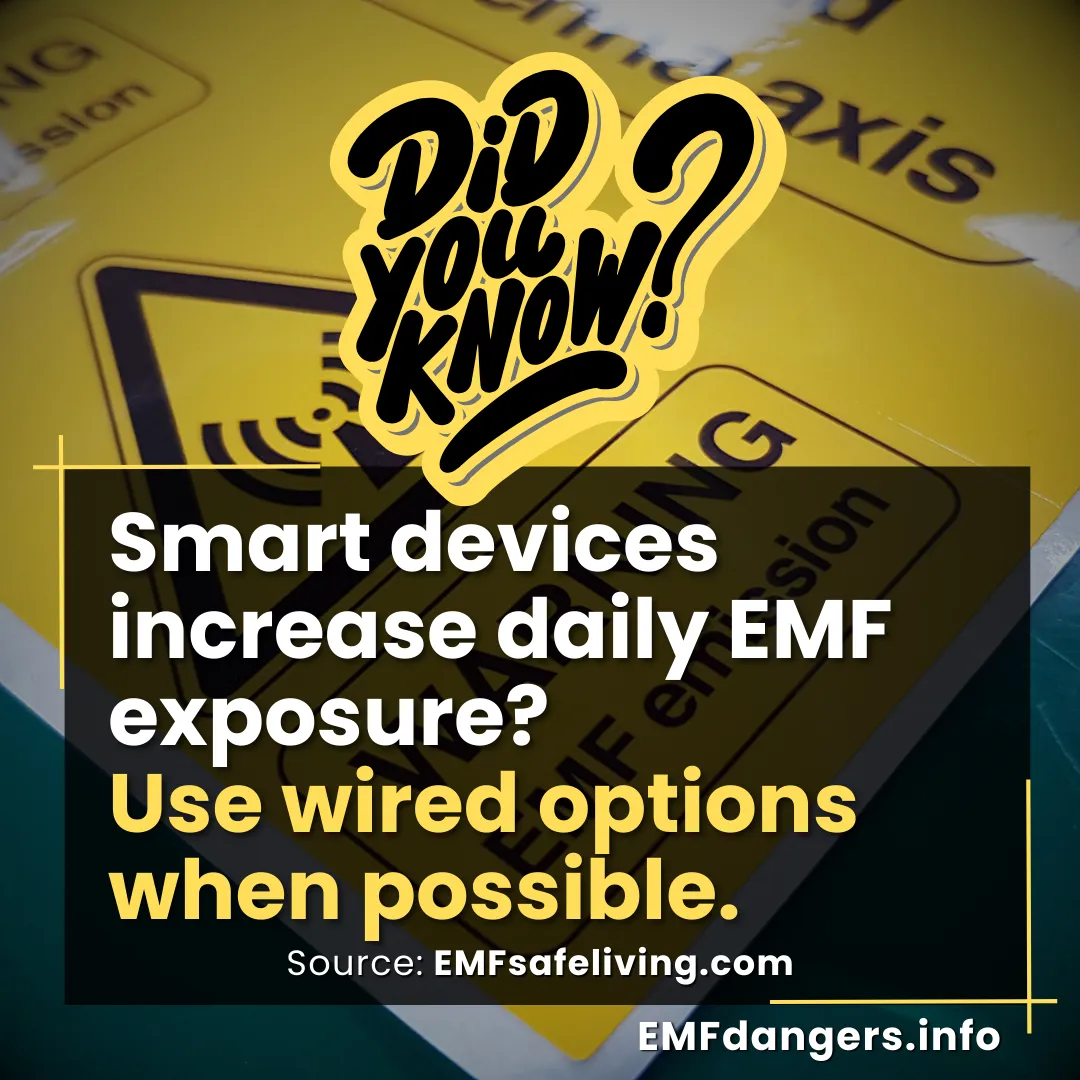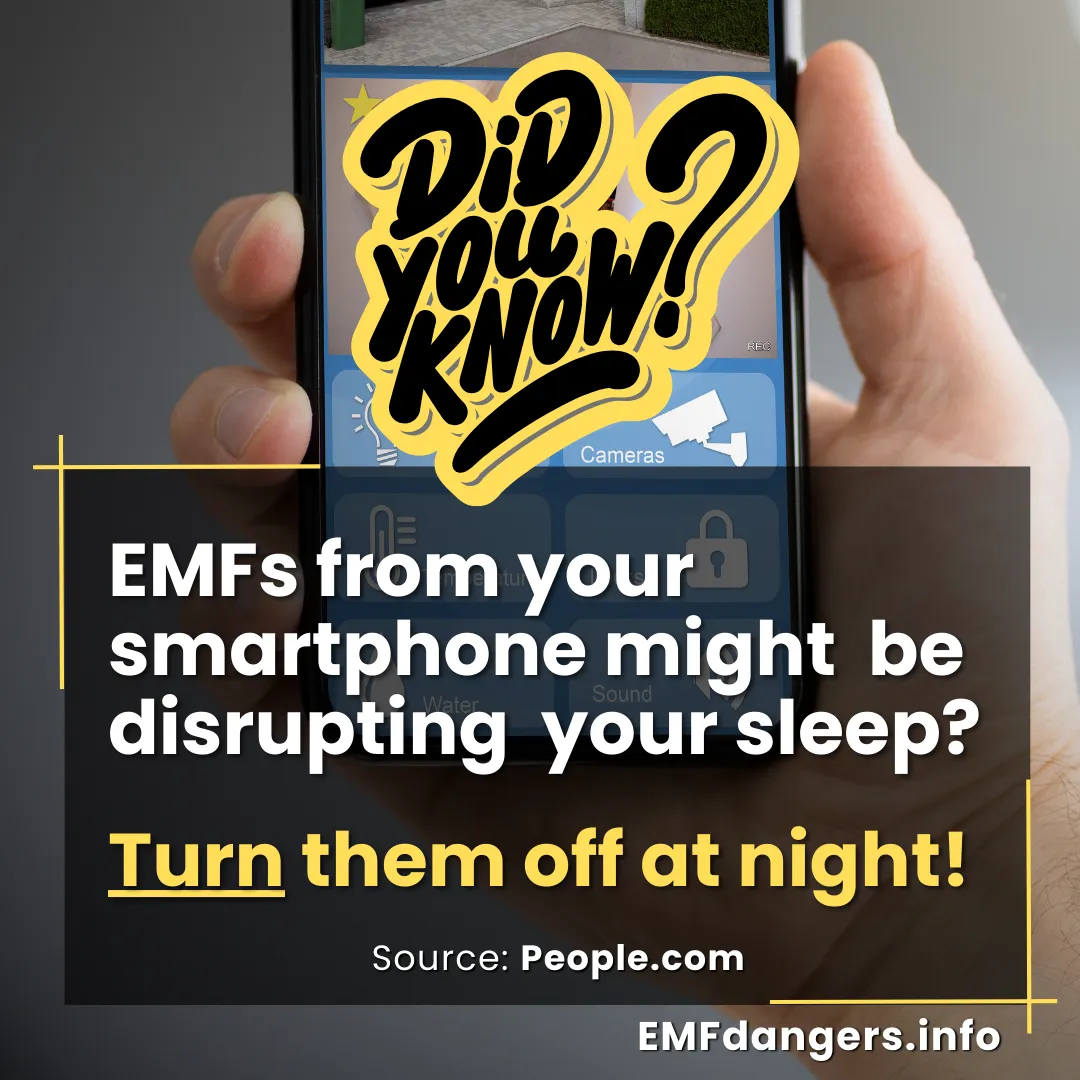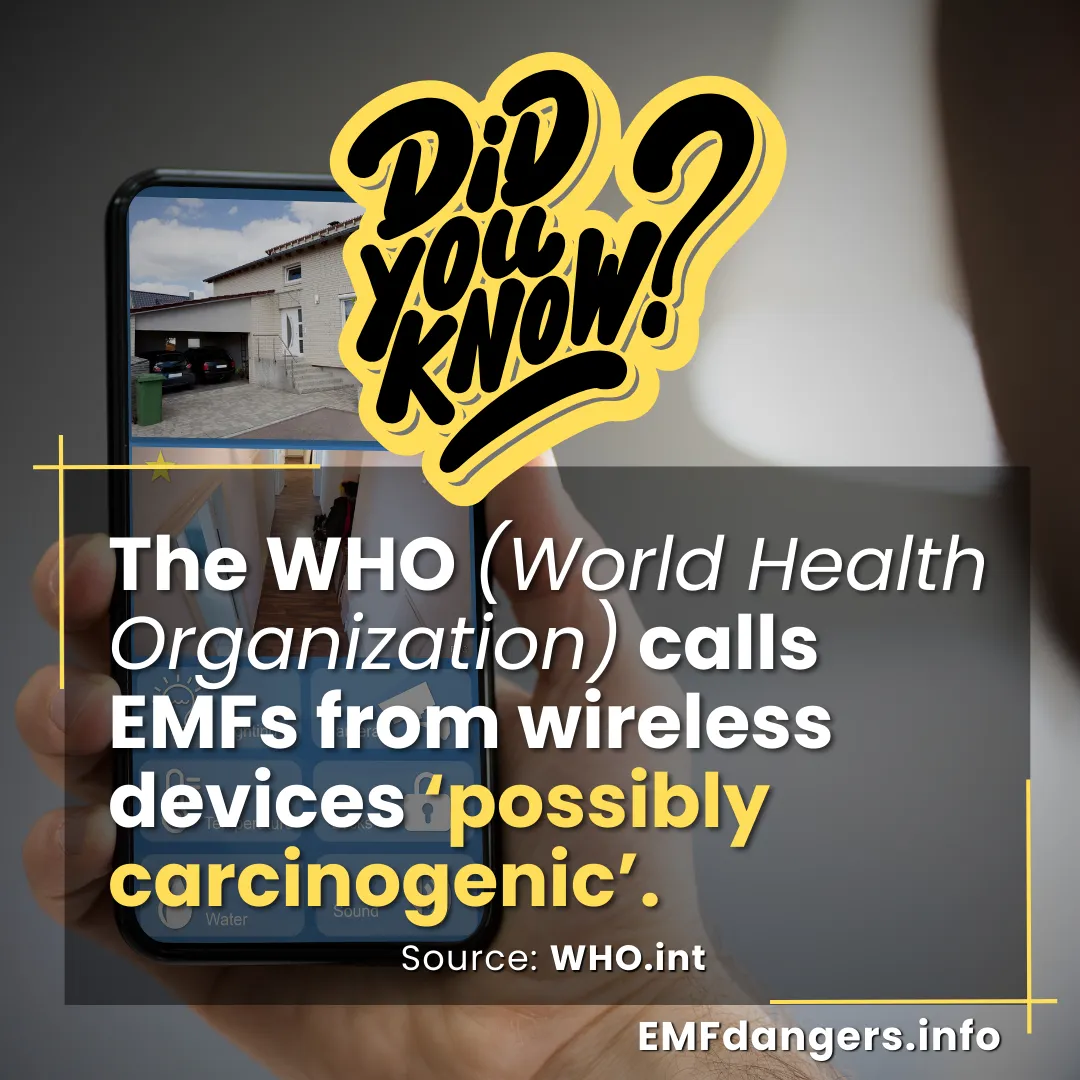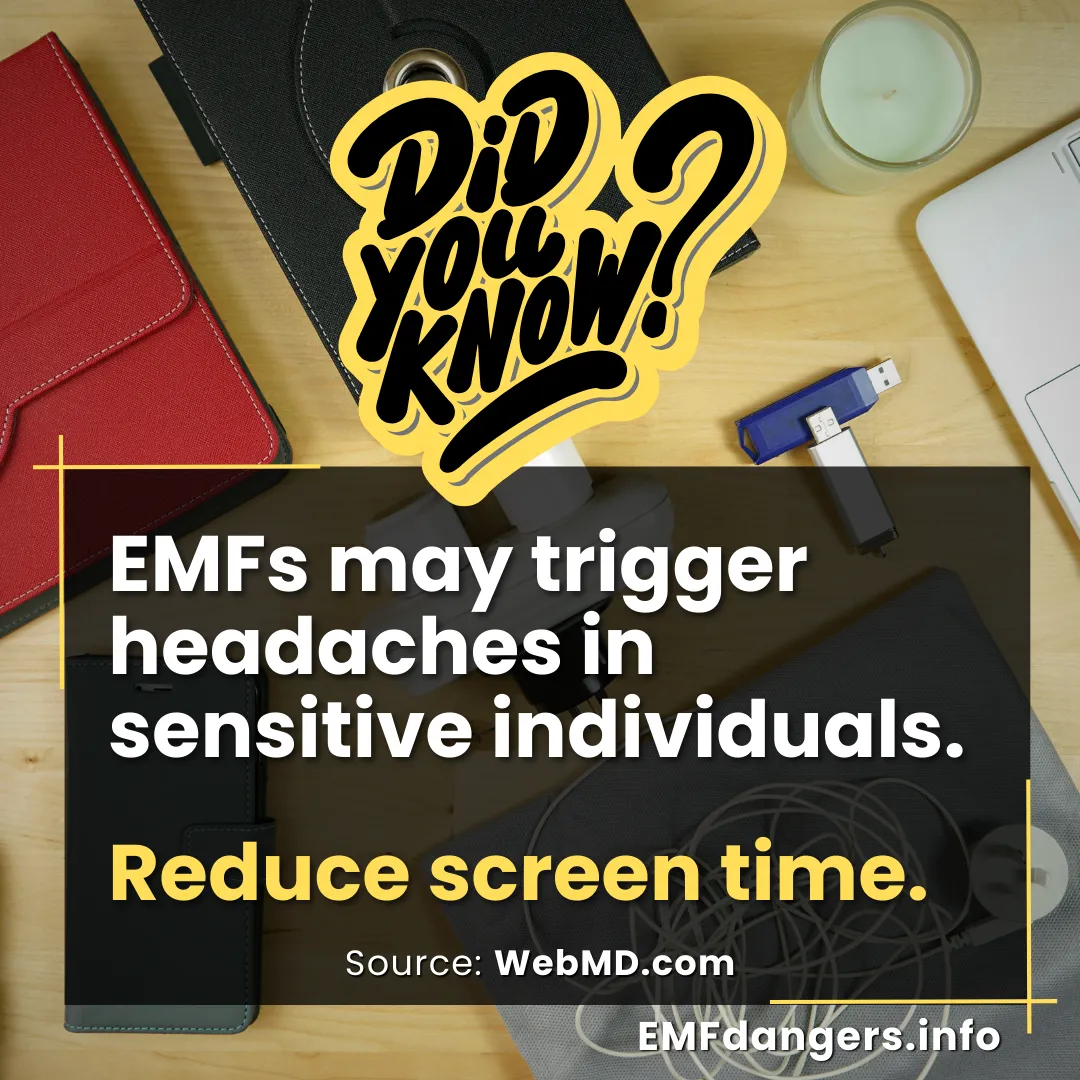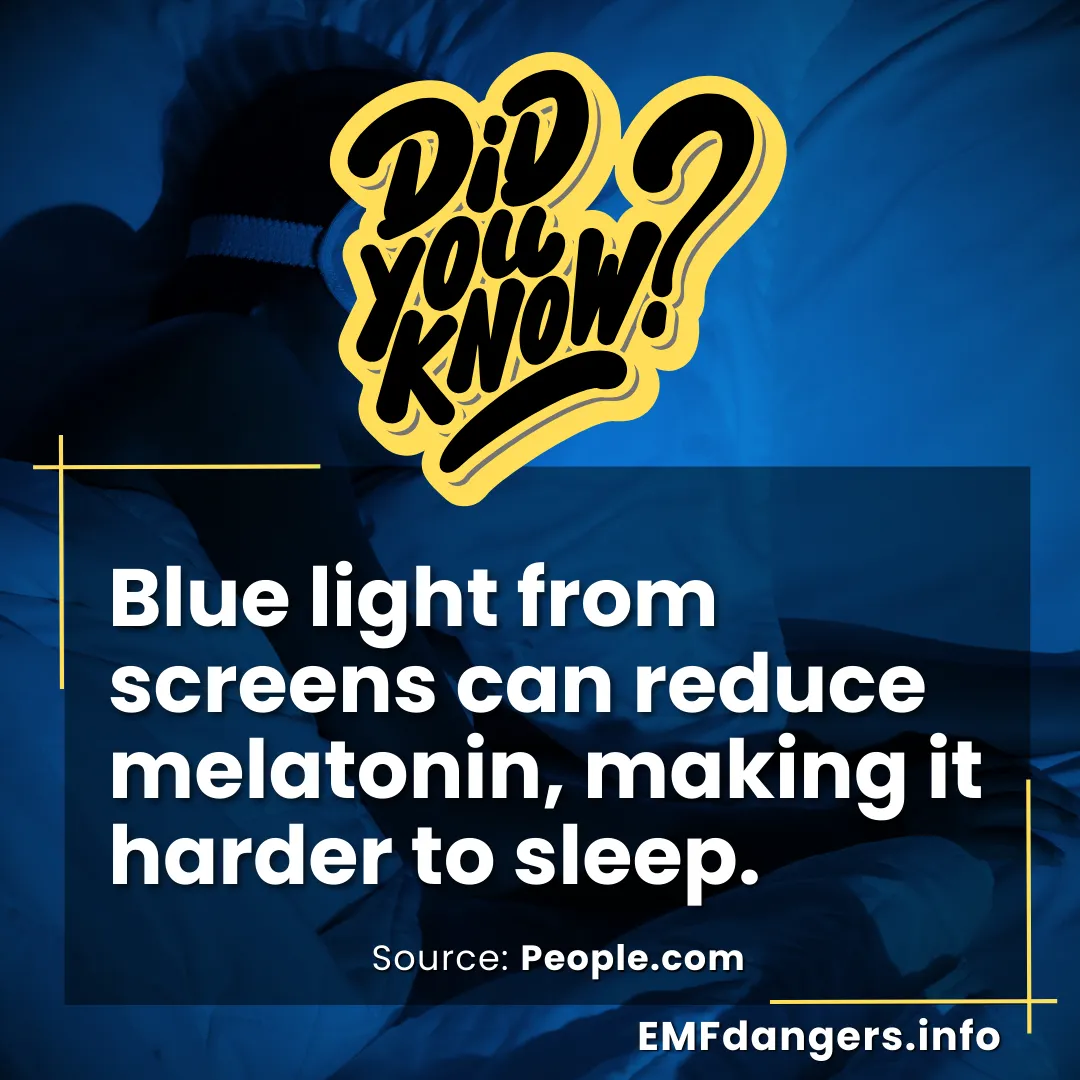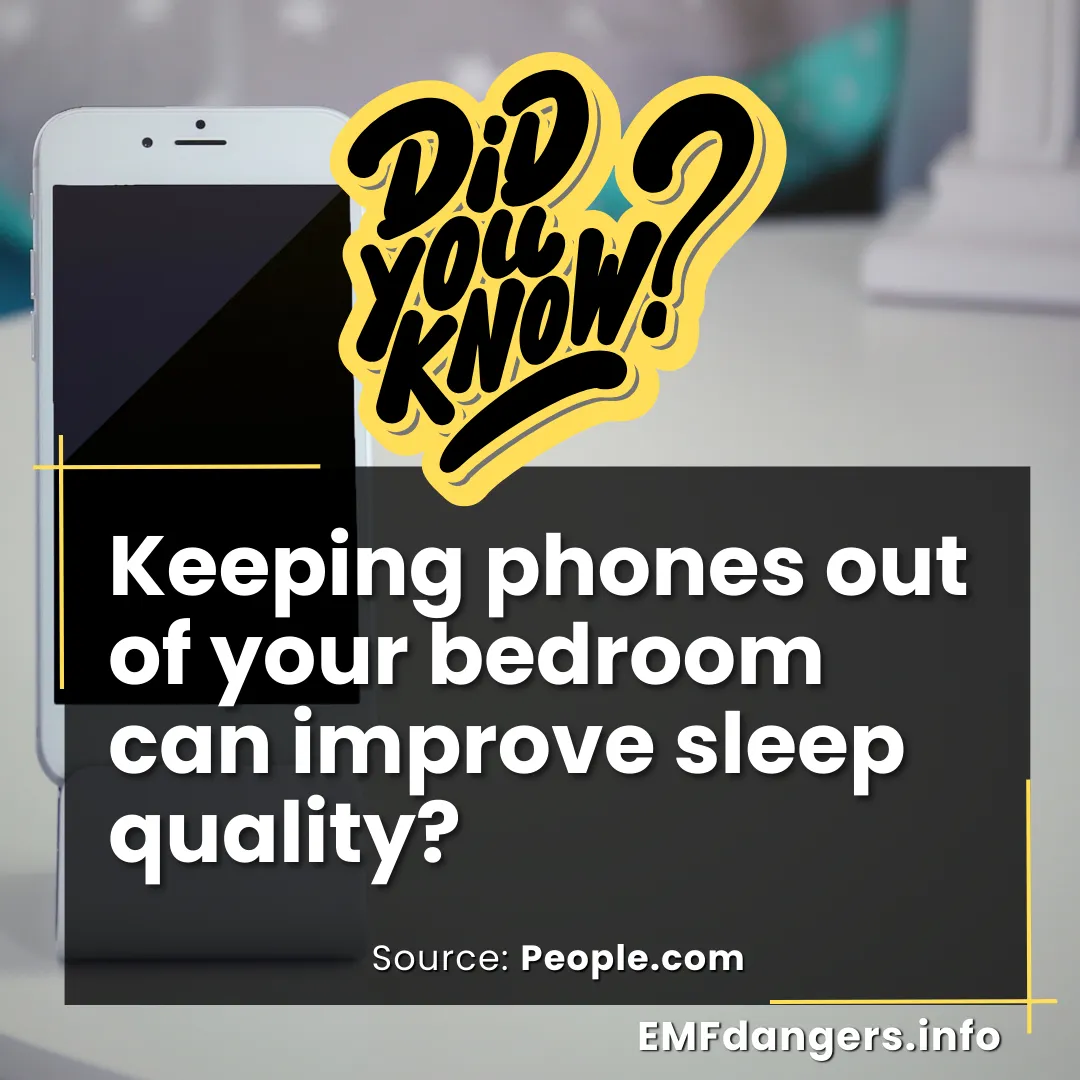This is could be the MOST IMPORTANT video of 2025
EMF Dangers
What Are EMFs, and Should You Be Concerned?
EMFs (Electromagnetic Fields) are invisible energy waves emitted by both natural sources, like the sun, and human-made devices, like cell phones, Wi-Fi routers, and power lines.
They appear in everyday devices like cell phones, Wi-Fi routers, and microwave ovens, forming an “invisible blanket” of signals around us. Different kinds of electromagnetic waves (radio waves, microwaves, and infrared, for example) all belong to the same spectrum, varying only in their energy and frequency. These fields make modern life possible by carrying phone signals, powering wireless internet, and even helping doctors scan our bodies with MRI machines.
Although you can’t see, touch, or smell them, electromagnetic fields are all around us, enabling countless technologies we rely on every day.
Low-frequency (Non-ionizing): Found in everyday devices like smartphones, laptops, and microwaves. These are generally considered safe but still pose potential risks with prolonged exposure.
High-frequency (Ionizing): Found in X-rays and UV rays. These are known to cause harm with excessive exposure, as they can damage DNA and cells.
While low-frequency EMFs don’t directly break molecules, some studies suggest they may have subtle, long-term effects on the body. That’s why it’s important to understand how to limit your exposure.
How Do EMFs Impact Your Health?
The research on EMFs and health is ongoing, but there are reasons to be cautious. Some studies suggest that excessive EMF exposure may lead to:
Sleep Issues: EMFs may disrupt melatonin production, making it harder to fall asleep or stay asleep.
Headaches and Fatigue: Extended use of devices like cell phones can lead to physical discomfort for some users.
Cancer Concerns: There’s ongoing debate about the connection between EMF exposure and cancer risk, particularly for heavy device users.
Electromagnetic Hypersensitivity (EHS): Some individuals report symptoms like dizziness, nausea, or skin irritation from EMF exposure.
While the evidence isn’t conclusive, health experts recommend taking precautions, especially for vulnerable groups like children, pregnant women, and individuals with existing sensitivities.
Cell Phones
They send and receive signals through radio waves, which are a type of electromagnetic wave.
When you use your phone for calls or data, these waves travel through the air to cell towers and back.
Wi-Fi
Your router sends out Wi-Fi signals, another form of radio waves.
These waves let your devices (phones, tablets, computers) connect to the internet without wires.
Microwave Ovens
They use microwaves, which are higher in frequency than radio waves, to heat food quickly.
The microwaves make water molecules in your food vibrate, generating heat.
Magnetic Gadgets
Speakers, headphones, and small motors (like those in fans or toys) all contain magnets, which add to the magnetic portion of electromagnetic fields.
The Electromagnetic Spectrum
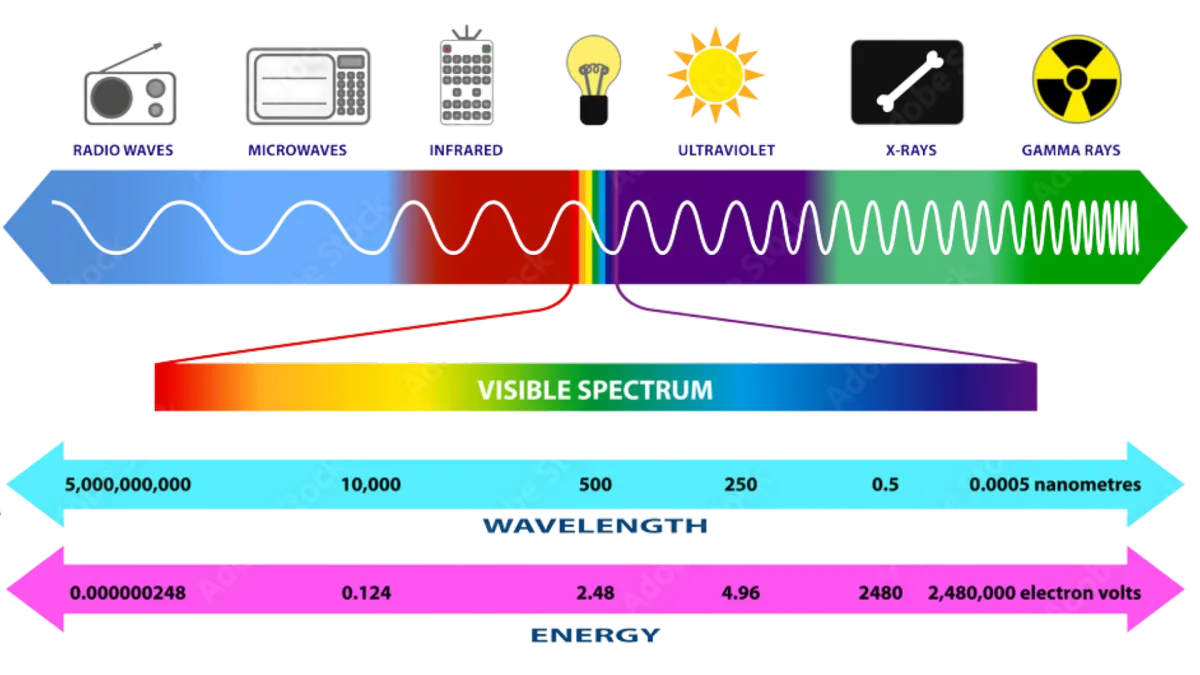
There are many types of electromagnetic waves, arranged in what we call the electromagnetic spectrum. From lowest frequency (energy) to highest frequency (energy), it looks like this:
Radio waves (used for radio stations, TVs, cell phones, Wi-Fi)
Microwaves (used in microwave ovens and some satellite communications)
Infrared (used in remote controls, also the heat you feel from the Sun)
Visible light (the light we see with our eyes)
Ultraviolet (UV) (from the Sun; can cause sunburn if we’re not protected)
X-rays (used in medical imaging)
Gamma rays (produced by radioactive materials and cosmic events; very high energy)
Ready to Take Charge of Your Health?
If you’re feeling overwhelmed by EMF concerns or want to ensure you’re taking the right precautions, we’re here to help. Our experienced Health & Wellness coaches specialize in creating personalized solutions for reducing EMF exposure and improving overall well-being.
Major Organizations & Reports
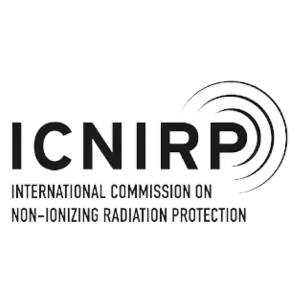
Overview:
ICNIRP publishes guidelines on exposure limits for non-ionizing radiation (such as radiofrequency waves from cell phones and power lines).
Their recommendations are used worldwide by governments and regulatory bodies.

Overview:
The World Health Organization (WHO) regularly reviews scientific studies on electromagnetic fields (EMFs) and publishes fact sheets summarizing current knowledge, potential health effects, and safety guidelines.

Overview:
IARC (part of WHO) classifies radiofrequency EMFs (like those from cell phones) as “possibly carcinogenic to humans” (Group 2B) based on limited evidence of an increased risk for brain tumors.
National Toxicology Program (NTP)
Reference:
National Toxicology Program (2018). Cell Phone Radiofrequency Radiation Studies.
Key Finding:
These animal studies found that very high exposure to radiofrequency radiation (far above typical human exposure levels) led to tumors in male rats.
SAGE
Stakeholder Advisory Group
Overview:
Focuses on extremely low frequency (ELF) EMFs, such as those from power lines. It examines potential links to childhood leukemia and discusses precautionary measures near high-voltage lines.
Environmental Health Trust
Overview:
They advocate stronger regulations and often highlight studies suggesting potential dangers from cell phone and Wi-Fi radiation.
Founded by Dr. Devra Davis, EHT focuses on raising awareness about wireless radiation and potential health risks.
Why Work With a Health & Wellness Coach?
Navigating the world of EMFs can be confusing.
A Health & Wellness coach provides tailored advice to:
Identify the hidden sources of EMFs in your home or workplace.
Recommend proven strategies to minimize exposure.
Help you make sustainable lifestyle changes for better health.
Don’t wait until you start noticing the effects of EMFs.
Take proactive steps now to protect yourself and your loved ones. TODAY!

FDA Disclaimer
Food and Drug Administration Statement. The statements made within this website have not been evaluated by the Food and Drug Administration. These statements and the products of this company are not intended to diagnose, treat, cure or prevent any disease.
Legal Disclaimer
Please consult your physician before implementing any new diet, exercise, and dietary supplement programs, especially if you have preexisting medical conditions or are taking prescribed medications. The statements made in this website are for educational purposes only and are not meant to replace the advice of your physician or health care provider.
Proper treatment of health conditions depends upon a number of factors, including, but not limited to, your medical history, diet, lifestyle, and medication regimen. Your health care provider can best assess and address your individual health care needs. You should consult with your health care provider before starting a new diet, fitness, supplement or treatment regimen.
